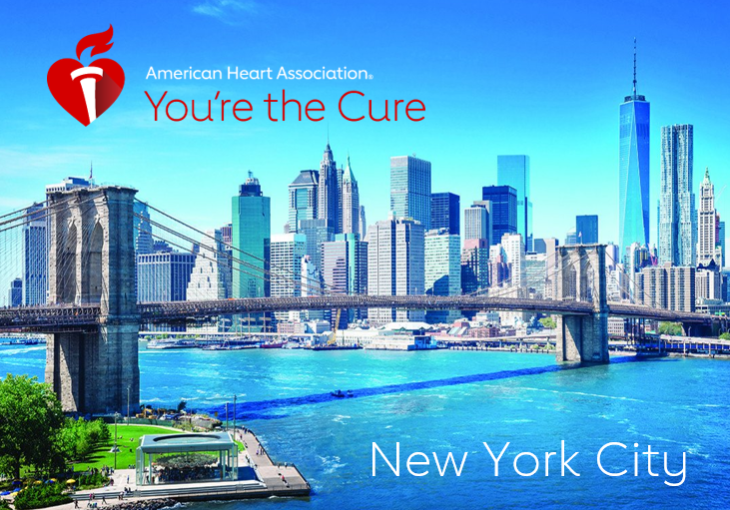More action needed to support key health programs that will help the people who need it the most.
The American Heart Association, the world’s leading health organization focused on heart and brain health for all, believes every person deserves the opportunity for a full, healthy life. To accomplish that, we need to continually identify and remove barriers to good health. For that reason, we applaud the recent announcement of investment in NYC’s SNAP healthy food incentive programs, but there is still more need.
NYC recently announced that they would match $5.5 million in federal funding for a total investment of $11 million dollars in its SNAP healthy food incentive programs, Health Bucks and Get the Good Stuff. This is a good first step but, to put it in perspective, $11 million would provide an additional $5 per month for 185,000 SNAP recipients. SNAP serves nearly 1.5 million New York City residents, or 20 percent of the population, on average each month so there are still many more New Yorkers that are in need. We ask that NYC double its contribution to $11M, for a total $16.5M investment in expanding the reach and impact of these effective initiatives.
High blood pressure, or hypertension, is a key risk factor for heart disease and stroke and often there are no obvious symptoms to indicate something is wrong. As of 2019, 31% of New Yorkers report having high blood pressure. Only 47% of those diagnosed with high blood pressure are under control. The NYC Department of Health and Mental Hygiene (DOHMH) launched a program to promote awareness, clinical guidelines and treatment adherence called Take the Pressure Off, NYC, but resources were understandably diverted to COVID-19 response. We ask that the NYC Council dedicate an additional $1 million for NYC’s hypertension program to provide increased support for New Yorkers struggling with high blood pressure.
Despite recent progress, 13.4% of New York City residents still smoke. More than 200,000 children are still exposed to secondhand smoke at home. More than two thirds of New York City smokers try to quit every year. The rates of quit attempts were highest for African Americans and Hispanics. With the U.S. Department of Housing and Urban Development (HUD) implementing its Smoke-Free Public Housing Rule, public housing residents who are struggling with a nicotine addiction could potentially lose their homes if they are unable to quit. Receiving assistance with quitting from a health care provider doubles the chances that a smoker will quit. We ask the NYC Council to invest an additional $1 million in NYC’s smoking prevention and cessation programs to help New Yorkers live tobacco-free lives.
The American Heart Association in New York City will continue to advocate for programs and initiatives that support better health. To get involved, please visit www.yourethecure.org/nyc.
